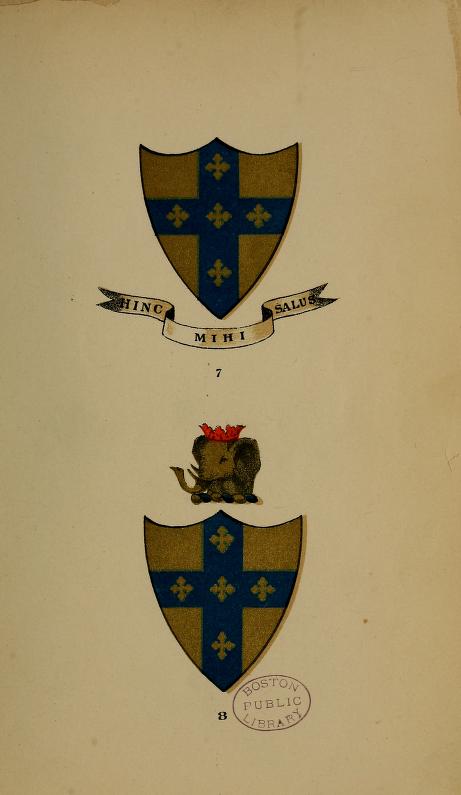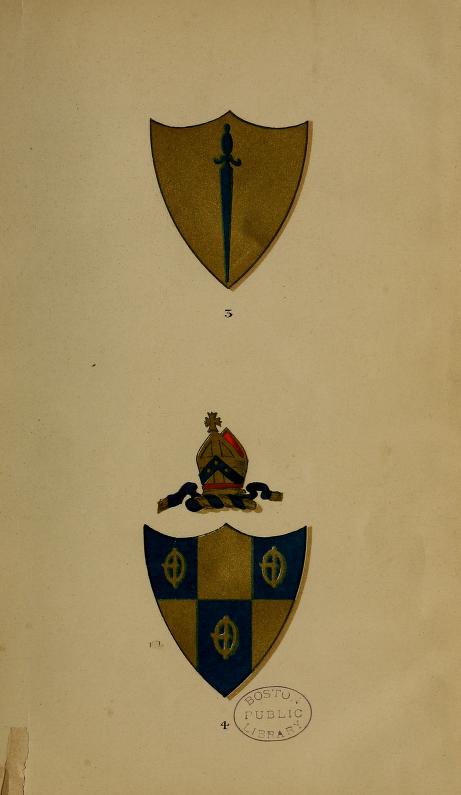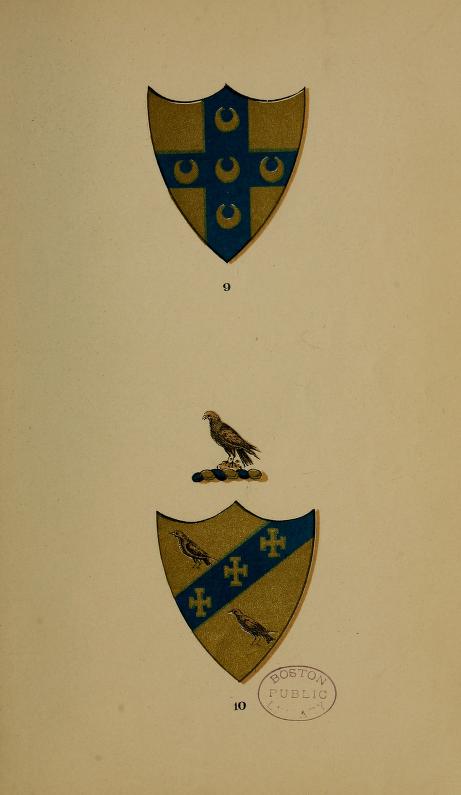1192 - The first of Spalding was made Noble in England and given Berwick on the Tweed for his valiant part in the crusades under King Richard Coeur de Lion.
1318 - Counted among the Ancient Nobility of Scotland.
1587 “Roll of the Clannis that hes Capitanes,Cheiffis, and Chiftanes quhome on thai depend."
1654 Feudal Barony of MorCloich
1677 Feudal Barony of Ashintully
Clan Spalding is a Scottish Highland Clan that has territorial origins coming from the town of the same name in Lincolnshire, England. The first Spalding, of the name was in Flanders, came to England at the time of the Norman Conquest: possibly in the train of Mathilda of Flanders, wife of William I. He received a grant of lands at Berwick-on-Tweed. According to an old tradition a Spalding took loyal part in a crusade under Richard Coeur de Lion. The first of this surname recorded in Scotland is believed to be Radulphus de Spalding who, in 1225, was witness to the signing of a charter of the mill of Caterline in Kincardineshire. In 1318 during Robert the Bruce’s seige of Berwick, one of the town burgesses, Peter de Spalding, was so disgusted with severity of the governor that he helped Bruce’s army retake the Castle. Peter was rewarded by the Scottish king for his aid and was given, in the May of 1319, the lands of Ballourthy (Balzeordie) and Petmethey (Pitmachie) in Angus, as well as the keepership of the royal forest of Kylgerry. Ancestors from these Spaldings can be found all around the world.The Spalding Clan throughout the 17th and 18th century followed the Jacobite cause, their feudal lands and castles heavily encumbered with English sedition taxes lost all their holdings including their Baronial Seat held in Parliament for centuries. After the failed support of the last Stuart King, the Castles of Morcloich (Whitefield) and Ashintully which had been Spalding strongholds for centuries in Perthshire were lost and the Clan dispersed to far reaches of the world. Owing to the fact the Clan and its Chief fought for Prince Charles and Scotland, the clan today not residing in Scotland is considered armigerous clan, meaning it does not have a chief recognized by the Lord Lyon King of Arms. The last male heir descending directly from Sir Peter Spalding died in 1954 in Savannah, Georgia.
The last Clan Chief and heir to Scottish Feudal Barony residing in Scotland, by acknowledged primogeniture and in proper court standing, was James Spalding of Leith Mills, Jamaica and Georgia. This James Spalding was the son of Thomas Spalding who was born in Ashintully Castle to Sir David Spalding and Grizel Lyon. James’ son Thomas was named for his grandfather and was born on St Simons Island, GA USA in 1774. This Thomas Spalding, known as the Spalding of Sapelo, was the last British subject as heir apparent to his ancestral Baronial Estates and the Clan Chief of the Spalding Clan. His great grandson Randolph Spalding was the last male of the Ashintully and Morcloich line and died in 1954. Prior to his death he asked his cousin’s son Harold Willingham II of Marietta, Georgia to change his surname to Spalding so as to continue the direct bloodline that had been attached for centuries to the ancient hereditary title and estates. (In Scotland, unlike in England, abeyance has never existed. In the default of male heirs a Scottish peerage not limited in descent to the male line passes at once to the elder or eldest daughter or nearest female heir) Harold, eldest son of Elizabeth Spalding Wylly Willingham, chose not to change his surname. With male-preference primogeniture he was then recognized as next to hold the Spalding Clan Chief title. Harold Willingham II died childless in 2000.
The name of Spalding is armigerous and the clan chief title today goes unpursued, this creates an appearance of terminated descent but is not the case. The few remaining direct descendants of Thomas Spalding of Sapelo, who’s grandfather was the grandson of Andrew Spalding who received the Act of Ratification dated Whitehall 1 July 1677 and guaranteed by King Charles ll, ask that history not be distorted or deranged for the sake of title seeking or exploitation.
“conforming to a charter granted by his Majesty's said grandfather, under his Royal Highness's great seal, in favor of the deceased David Spalding of Ashintully thereupon, of the date 10 January 1615 whom perpetually confirmed to the said Andrew Spalding of Ashintully, and heirs of his body, heritably and irredeemably, erected in a whole and free barony, to be called the Barony of Ashintully.”
Notes and Traditions Concerning the Family of Spalding 1914 page 225
“1719 January 16 Sasine on Disposition by John Spalding elder and younger Brigend of Moreclach, with consent of David Spalding of Whitehouse and Charles Spalding of Moreclach, in favor of Thomas Fleming in Thommanean, of an annual rent of L40, out of that pendicle of lands of Moreclach called Craig of Moreclaih in the parish of Kirkmichael. Dated at Bridgend of Moreclach 11 November 1718, and Sasine given on 12 December 1718 in presence of Thomas Spalding son of the Laird Of Ashintully, James Spalding son of Andrew Spalding of Glenkilry, and John Robertson son of Andrew Robertson in Toleon.” Volume XVII Fol. 335
SPALDING of England and Scotland: Armorial bearing first documented in 1192 and again 1318 representing the Feudal Barony of Spalding. Defined by Sir George Mackenzie High Authority "the oldest armorial as representing the ancient family of Spalding, on a cross azure. five crosses.” The five crosslets are the five holy wounds of Christ, representing the first Spalding who fought in the Holy Land as a crusader under King Richard.
Motto-”Hinc mihi salus." (Hence My Salvation)
SPALDING of Ashintully: 1587 (Perth) a two-handed sword on pale azure A gateway or cross fetchy, proper, with the portcullis half raised, Gules
Nobile Servitium (Service Is Noble)
The Spalding crest below with the seashells is believed to be the second oldest armorial bearing. The five scallop shells identify the crusaders pilgrimage to the Holy Land, which represents the pouring of water on a child’s head during baptism initiating the child’s pilgrimage towards Heaven.






